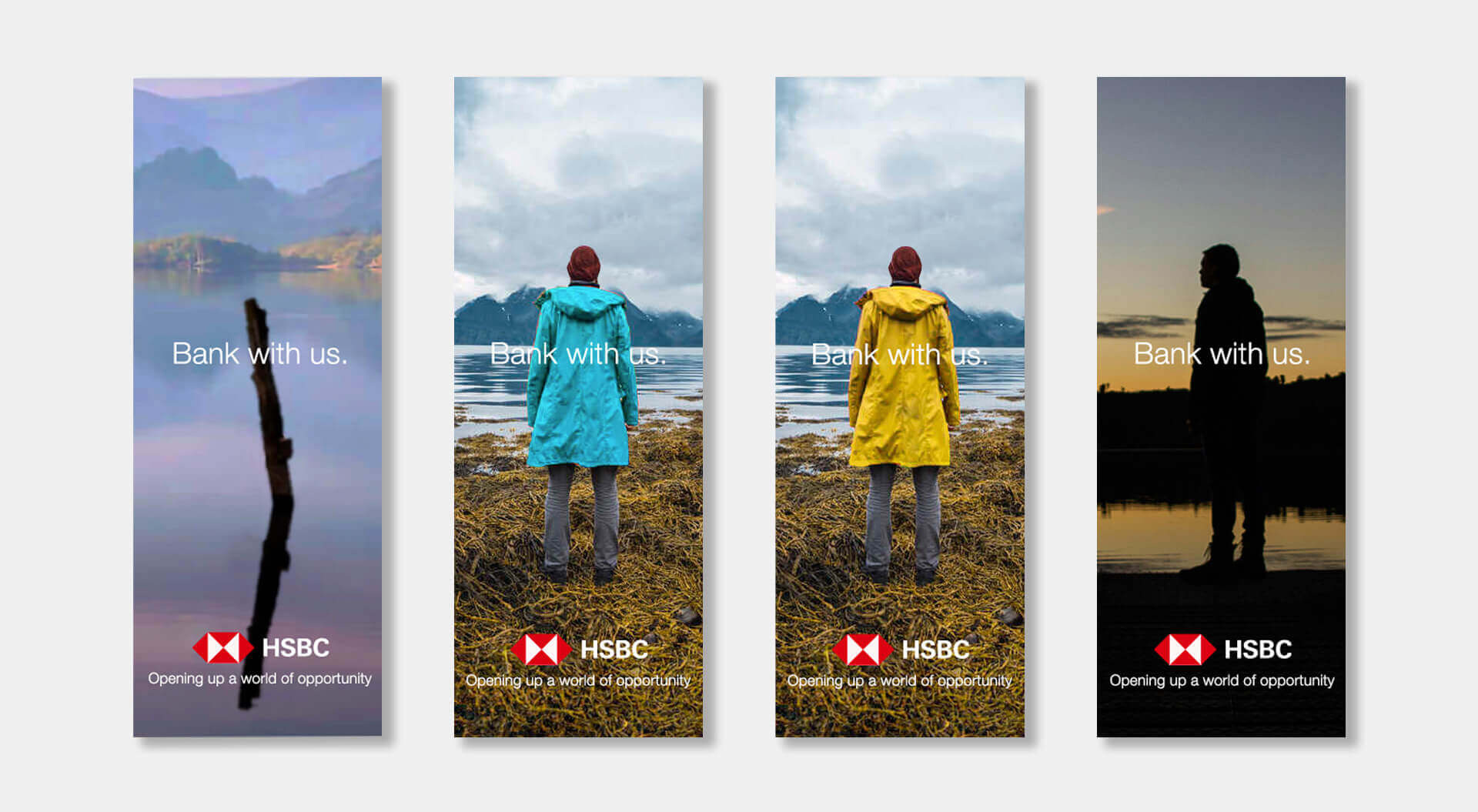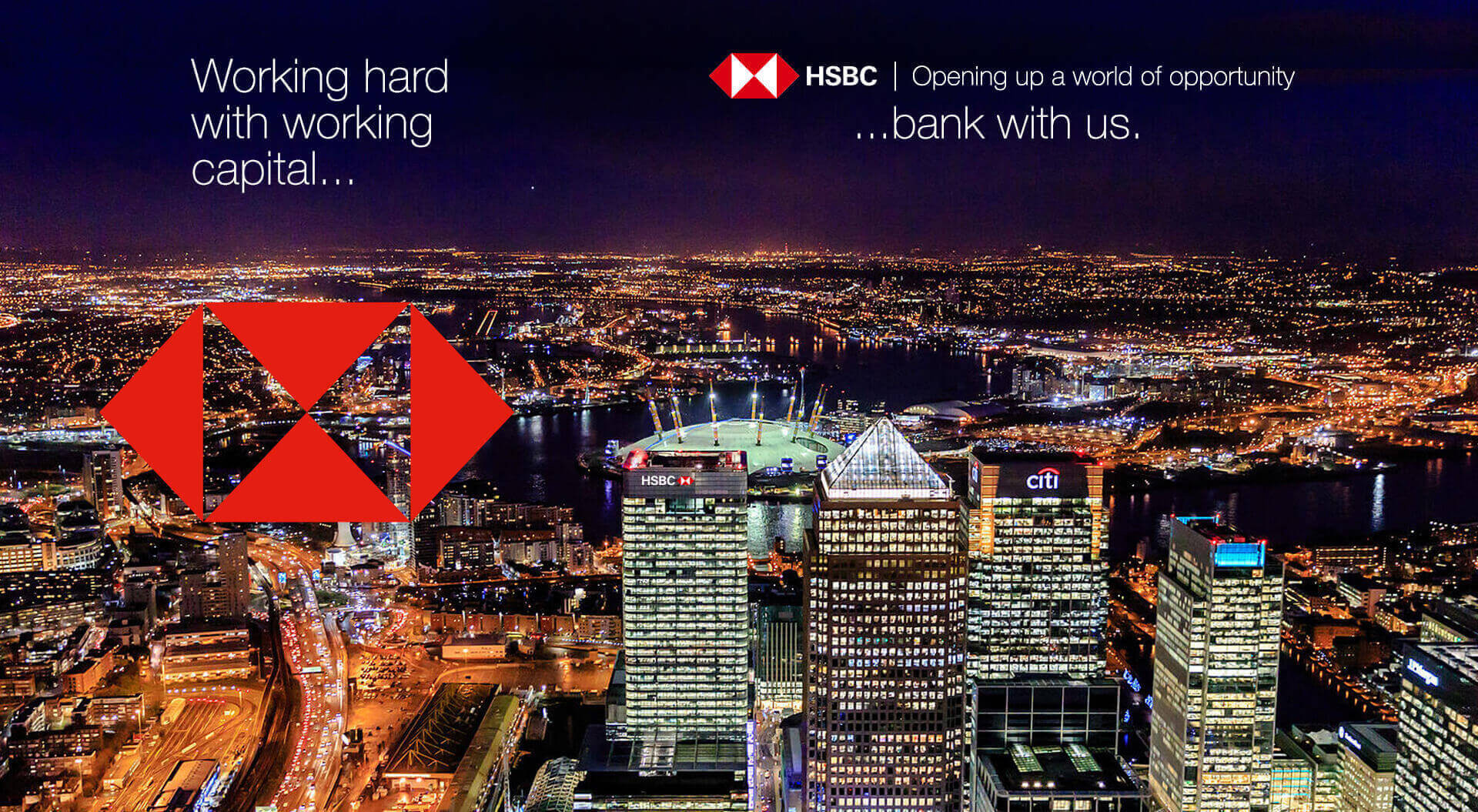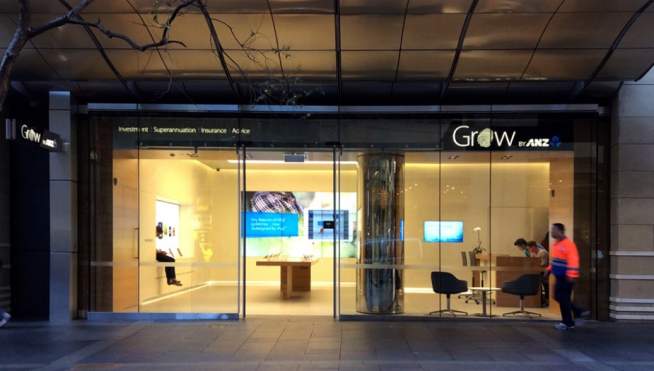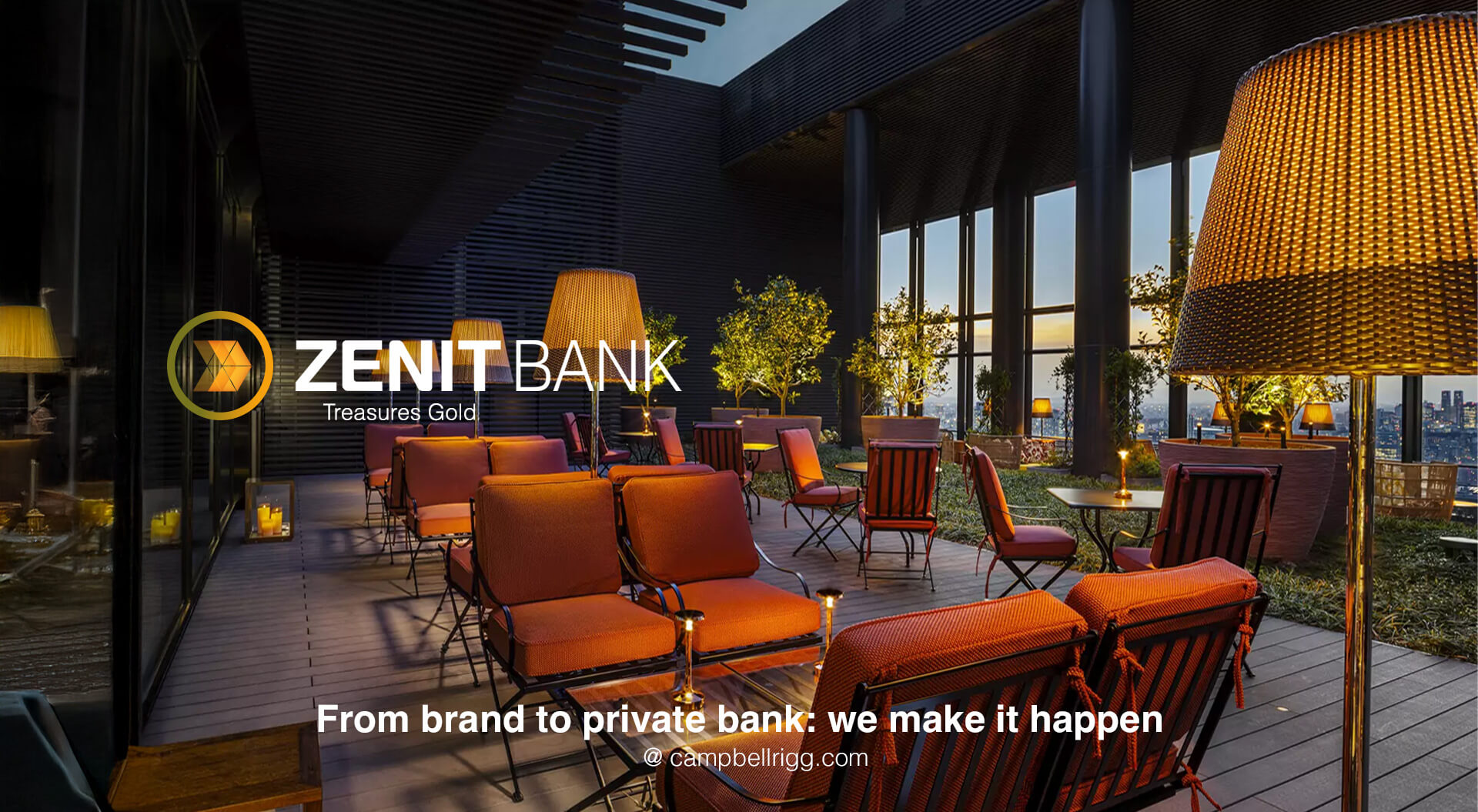News and Views
Unlock the East, inspiring marketing communications & branch design concepts - HSBC, London.
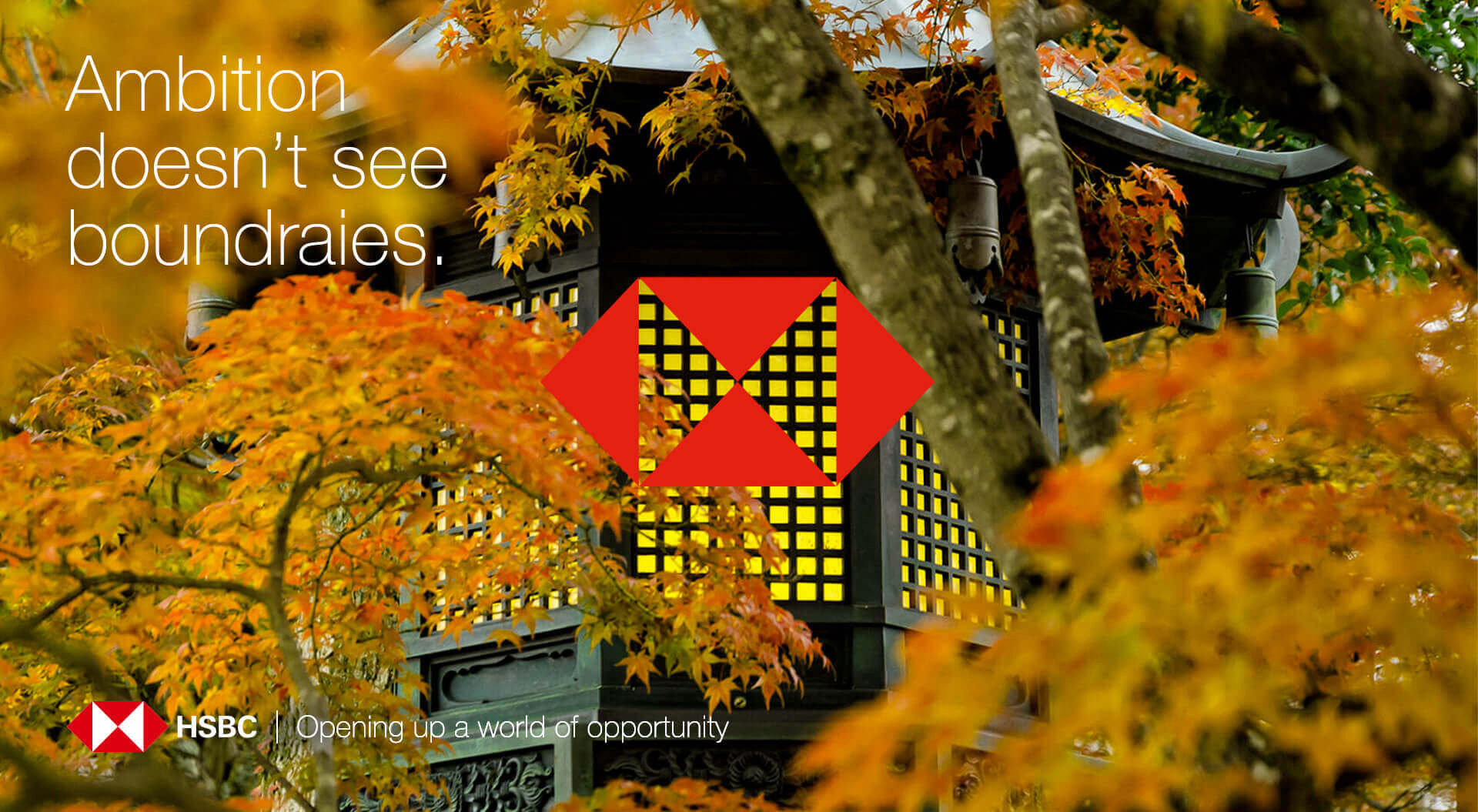
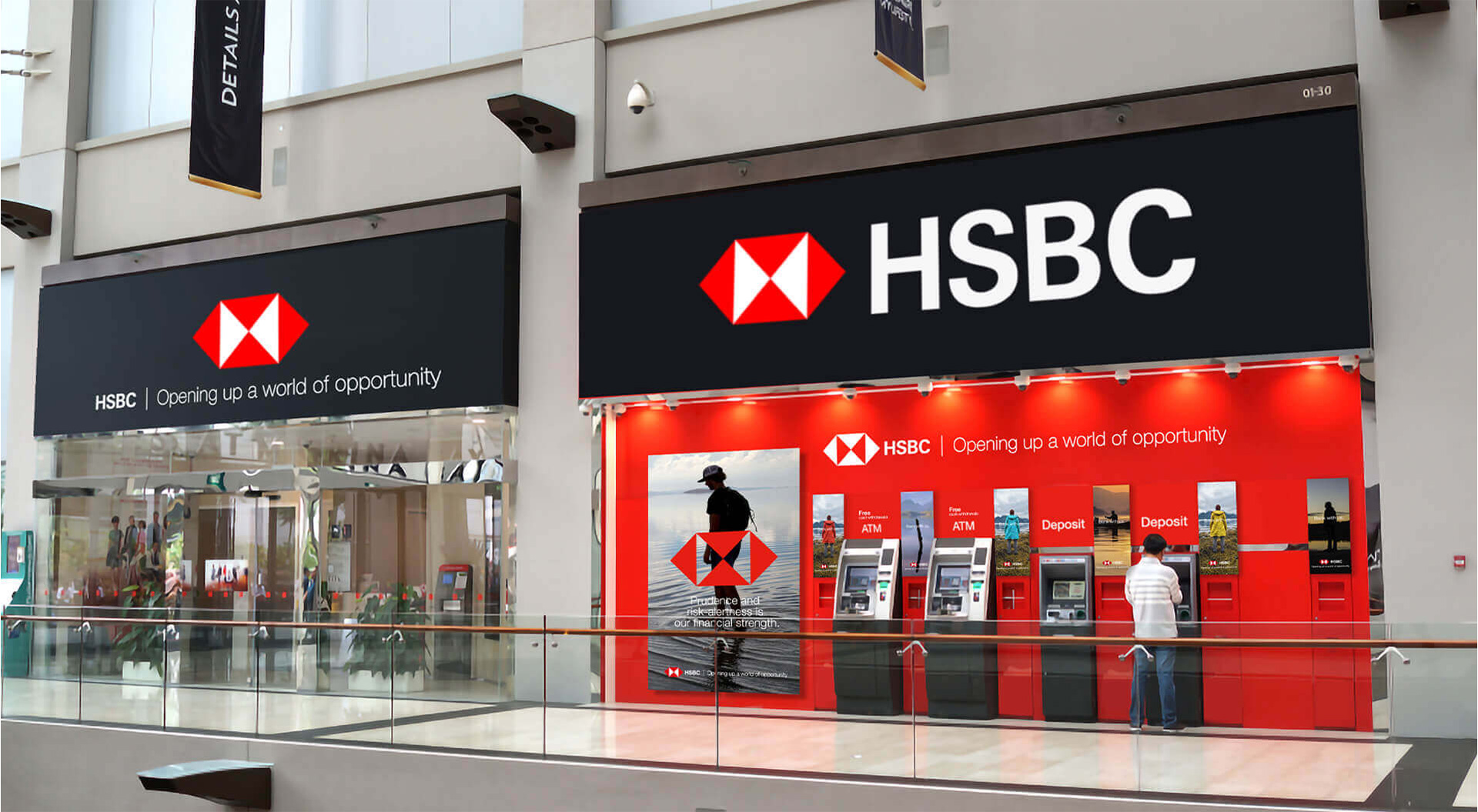
The art of banking is balance
To support a strategy position statement of HSBC, "The world's leading local bank" and a leading UK high street retailer. We were tasked with making recommendations about the customer experience in branch. During the branch audit we discovered there are many areas for the bank to address.
We considered the following within the branch: Technology inter-phase, clear wayfinding and zoning help to orientate customers within the branch, locating the Customer Service desk first-in-line and the introduction a contemporary Consultation Hubs to act as ‘Brand Ambassadors’ to champion the retail focus and to drive the sales strategy.
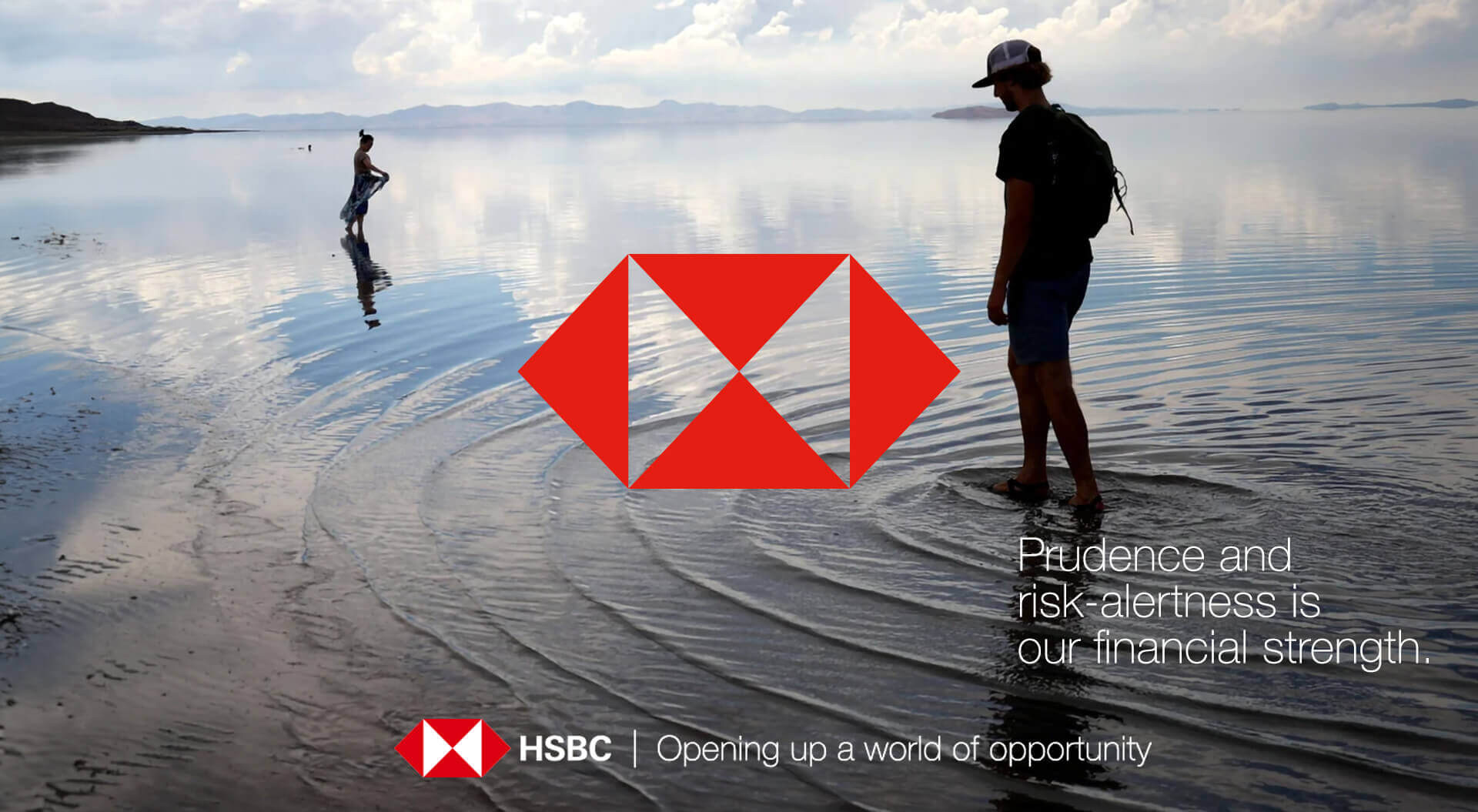

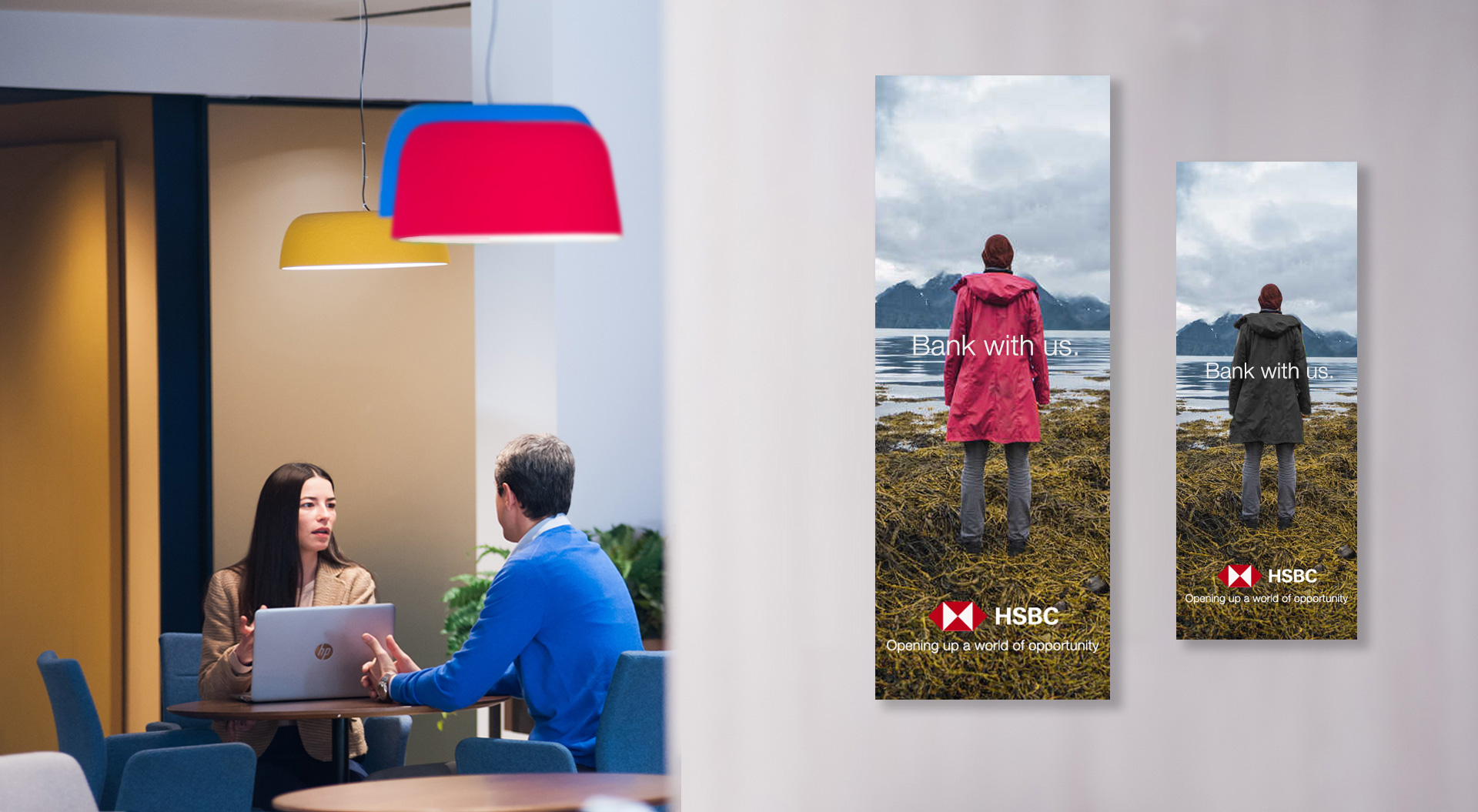
- Digital Integration and Self-Service Technology
Modern bank branches emphasize digital self-service options that allow customers to handle basic transactions without the need for direct staff interaction. Features like interactive kiosks, self-service ATMs, and video teller machines (VTMs) are common, providing an efficient alternative for tasks such as deposits, withdrawals, and account inquiries.
Mobile integration is also key, with branches offering mobile banking apps and in-branch digital tools that allow customers to seamlessly transition between digital and in-person banking experiences.
2. Open, Flexible Layouts
Contemporary bank branches feature open floor plans that move away from the traditional teller counter setup. Instead of rows of counters separating staff from customers, the layout is designed to be more welcoming and collaborative, with open spaces for easy interaction.
Modular and flexible spaces allow branches to adjust to customer needs and traffic patterns. Movable furniture and adaptable zones create multifunctional environments where different activities—whether consultations or community events—can take place.
3. Hospitality and Lounge Areas
Many modern branches incorporate hospitality-inspired elements, creating a more relaxed and comfortable atmosphere. Lounges with seating areas, coffee stations, and soft lighting offer a space where customers can feel at ease while waiting or handling their banking needs.
These areas are designed to provide a more informal and customer-friendly environment, helping to reduce the intimidation often associated with traditional bank branches.
4. Advisory and Consultation Zones
Banks are shifting their focus toward providing personalized financial advice. Instead of traditional teller lines, many branches now offer private or semi-private consultation zones where customers can meet with financial advisors.
These advisory spaces are often designed to feel more like meeting rooms or offices, creating an intimate and professional environment where customers can discuss complex financial matters such as loans, investments, and wealth management.
5. Technology-Driven Design
Technology plays a central role in the design of modern bank branches. Interactive screens, touch tables, and digital signage are used to provide real-time information, offer product demonstrations, and guide customers through services.
Many banks also integrate AI-powered tools to assist customers in finding information or completing transactions, providing a seamless connection between the digital and physical banking experience.
6. Reduced Physical Footprint
As more banking services move online, there is less need for large, traditional branches. Many banks are opting for smaller, more focused branches, often referred to as micro-branches. These smaller locations are typically equipped with the latest technology and offer a limited number of services, focusing on high-value interactions like advisory consultations rather than routine transactions.
Pop-up branches or temporary kiosks in high-traffic areas (e.g., malls or transportation hubs) are also part of this trend, allowing banks to maintain a physical presence without a large-scale branch.
7. Sustainability and Eco-Friendly Design
Environmental sustainability is becoming a priority for many institutions, including banks. Contemporary branch designs incorporate eco-friendly materials, energy-efficient lighting, and sustainable practices such as reducing paper use by promoting digital transactions.
Green certifications such as LEED (Leadership in Energy and Environmental Design) are often pursued by banks to demonstrate their commitment to sustainability, with some branches featuring green roofs, solar panels, or energy-saving systems.
8. Community Engagement and Multi-Use Spaces
Banks are positioning themselves as community hubs by designing branches that serve multiple functions beyond banking. Branches may offer meeting spaces, event areas, or co-working zones where local groups or businesses can gather.
This trend reflects a desire for banks to strengthen their community presence and provide added value to customers beyond financial services, fostering a sense of loyalty and community engagement.
9. Focus on Customer Experience
The overall customer experience is at the heart of modern branch design. Banks are working to create frictionless, personalized experiences through the combination of physical spaces and digital tools. Staff are often rebranded as relationship managers or financial advisors, focusing on building long-term customer relationships rather than simply processing transactions.
Some branches are implementing queue-less service models, where customers are greeted by staff upon entering and directed to the appropriate area without waiting in line. This enhances efficiency and reduces the time spent in the branch.
10. Security and Privacy Considerations
While digital banking and open layouts dominate, ensuring privacy and security in branch design remains critical. Banks are incorporating secure consultation rooms for sensitive discussions, while technologies like facial recognition, biometric scanners, and digital ID verification are being integrated to enhance security measures.
Discreet design elements, such as frosted glass and soundproofing in advisory zones, ensure customer privacy while maintaining the open, accessible feel of the branch.
11. Banking as a Lifestyle Brand
Banks are increasingly positioning themselves as lifestyle brands by incorporating design elements that reflect their values and brand identity. Some branches feature art installations, local cultural themes, or even signature scents to create a memorable, branded atmosphere.
This trend aims to differentiate banks from competitors, making branch visits an experience rather than just a functional transaction.
Conclusion
Contemporary bank branch design is moving towards creating more tech-enabled, customer-centric, and community-focused spaces. With an emphasis on personalized services, digital integration, and flexible environments, these designs are reshaping the traditional banking experience into one that is more interactive, welcoming, and tailored to the evolving needs of modern consumers. By focusing on convenience, sustainability, and innovation, banks are ensuring that their physical branches remain relevant in an increasingly digital world.
